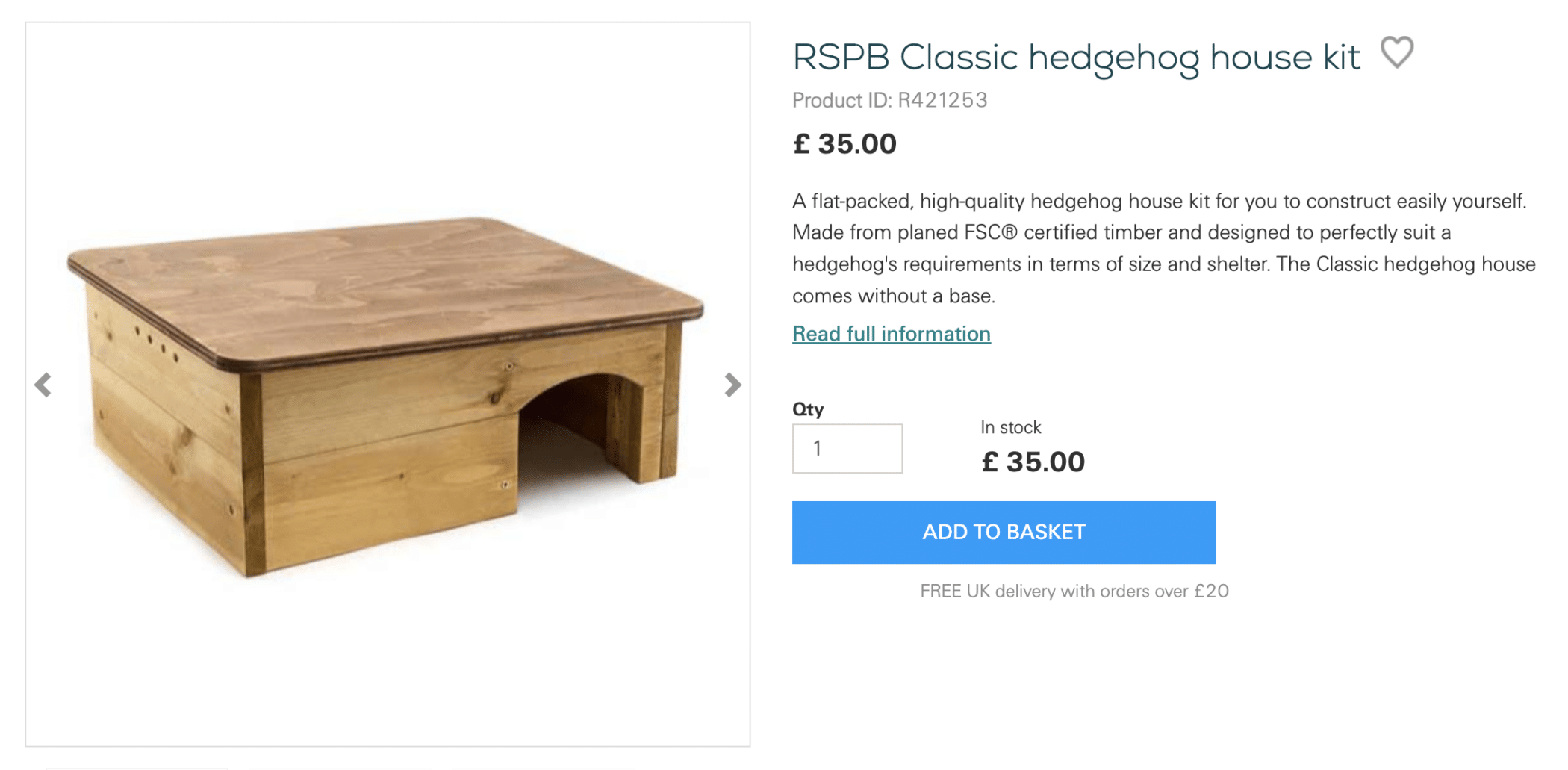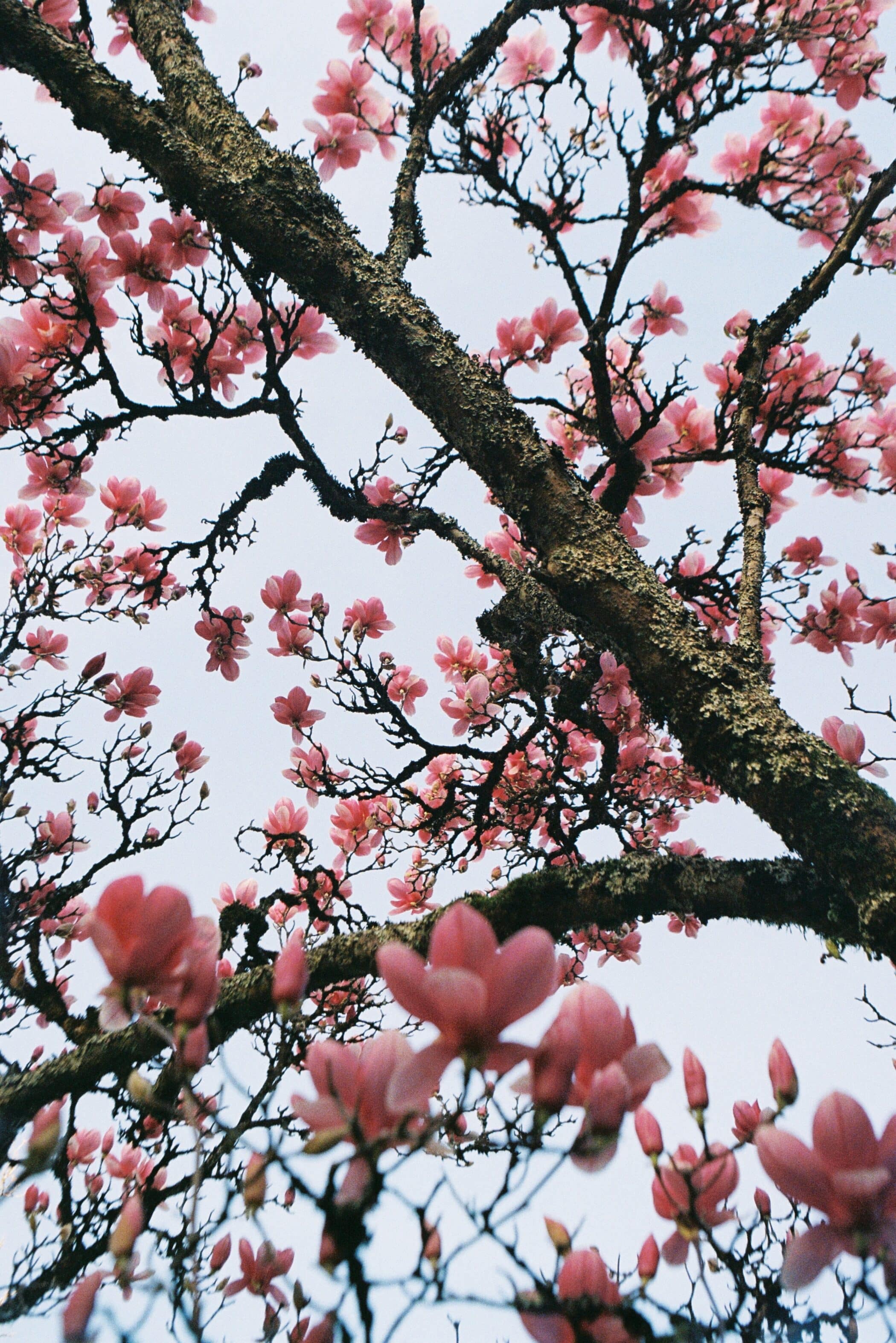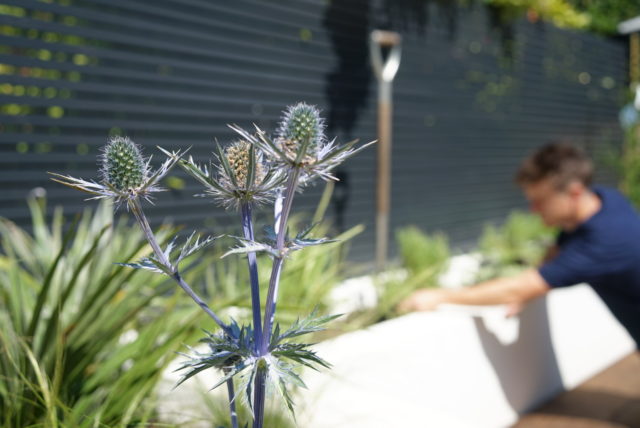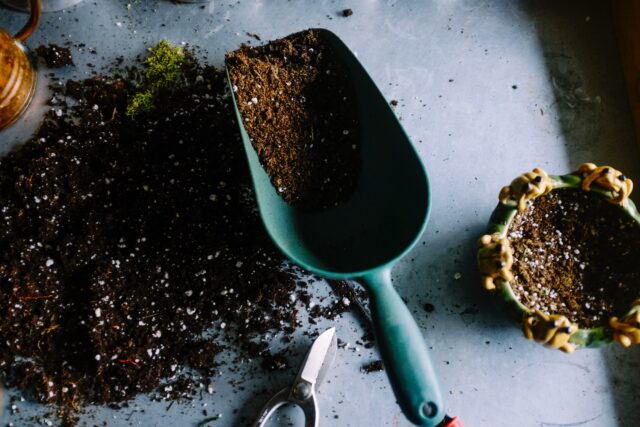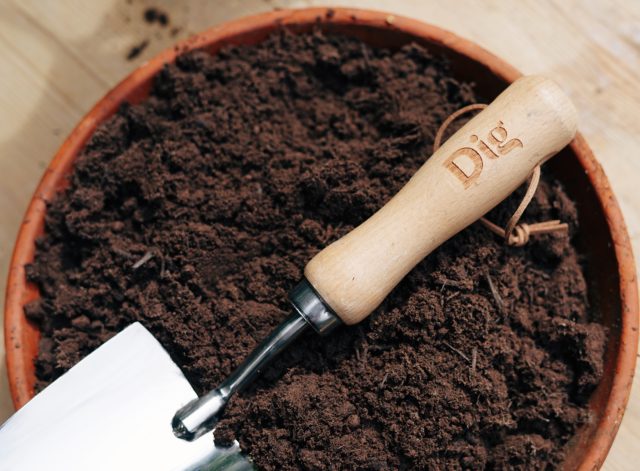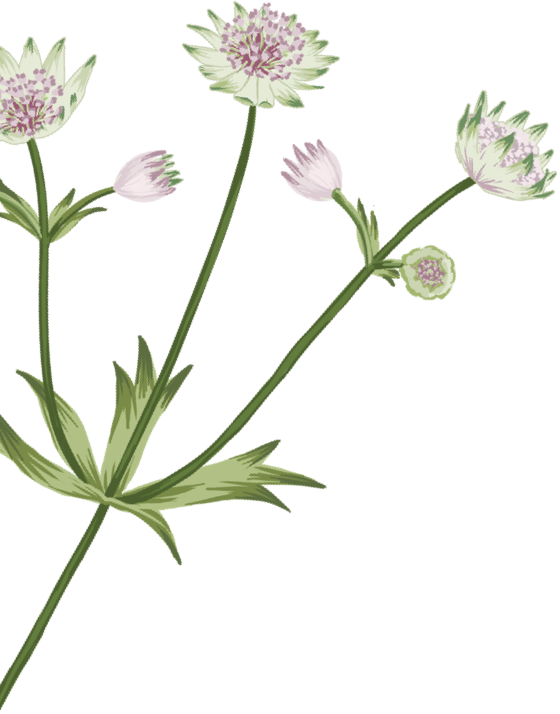Healthy soil
Healthy soil usually equals healthy plants – and so it’s important to feed soil to ensure that it continues to provide an inviting foundation for new and existing plants. What does that mean? Generally speaking, compost! To make sure that soil is healthy, nutrient-rich and has a healthy structure, now is an excellent time to spread compost or mulch. Last month, we encouraged you to make your own compost (and we stand by this wholeheartedly) but compost and various types of mulch can also be purchased at your local garden centre or even supermarket. Spread compost (at least 2-3 inches thick) onto your flowers beds now – in and amongst plants or across the top of a new bed – and allow it to seep into the soil over time. We advise this approach, rather than digging it in too aggressively, as this will help create a healthy base without damaging the all-important structure of the eco-system below the ground.
Regular weeding
Weeding regularly is a mainstay for any gardener. There’s no avoiding it. We recommend weeding often, rather than in intermittent bursts when it looks like everything is getting out of control. Bigger weeds, when removed, can damage soil structure and so keeping your garden in check and allowing your plants room to breathe and thrive will not only keep your garden looking tip top, it will also help maintain a healthier environment for your plants. Another good gardening habit to get into!
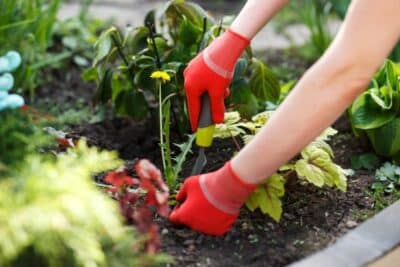
Pruning 101
Pruning allows for, and encourages, healthy new growth in certain plants. Below are two key examples of plants that require pruning from across our Themes. If you’re ever unsure whether something needs pruning, we’re always here at hello@digclub.co.uk
Buddleia:
March is a sensible month to prune back Buddleia – a hero plant in our Adventure theme for children due its magnetic ability to attract butterflies and its bright, bold purple and red colours. If you cut back Buddleia to about 30cm above the ground, before it becomes too ungainly, you’ll be able to enjoy new growth and flowers at the same height as other plants in your flower beds – as opposed to it quickly towering over them, and only flowering up top, if left unchecked. Ensure to use sharp secateurs and take it in stages so you can clearly see what you’re doing. There is an excellent step-by-step guide here.
Hydrangea:
If you haven’t already, prune back hydrangeas now. Remove the old, spent, dry and dead flower heads (which will have looked beautiful covered in frost over the winter) down to just above a new pair of buds showing healthy signs of growth.
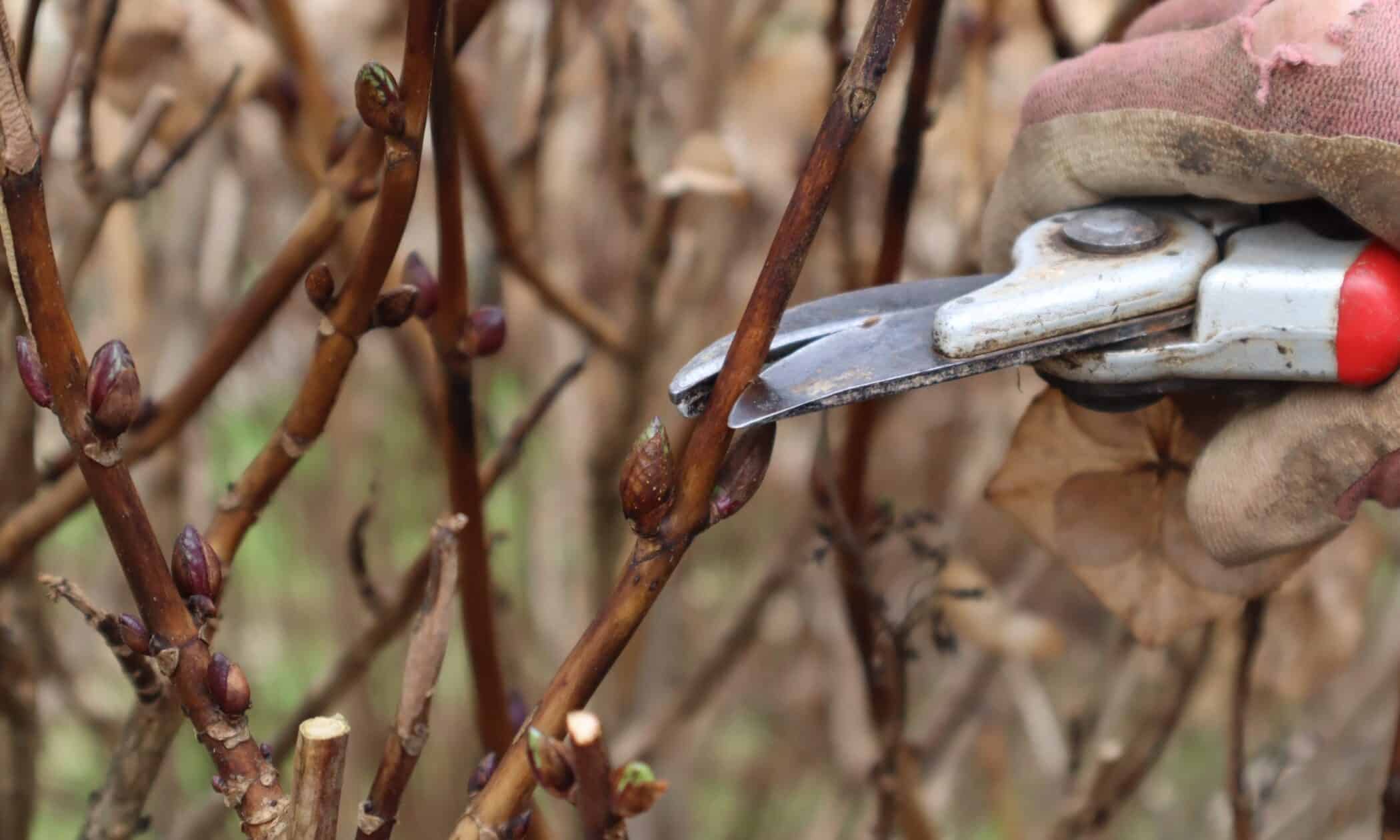
Smarten up your lawn
For lawn owners, March is a great time to look for gaps – any dark patches of exposed soil can easily be remedied by sprinkling grass seed or replacing with a piece of turf. The warmer days, the longer hours, will mean that grass growth has a helping hand that it didnt’ have earlier in the year. Seed or turf now and you’ll have a much better chance of a healthier lawn come summer.
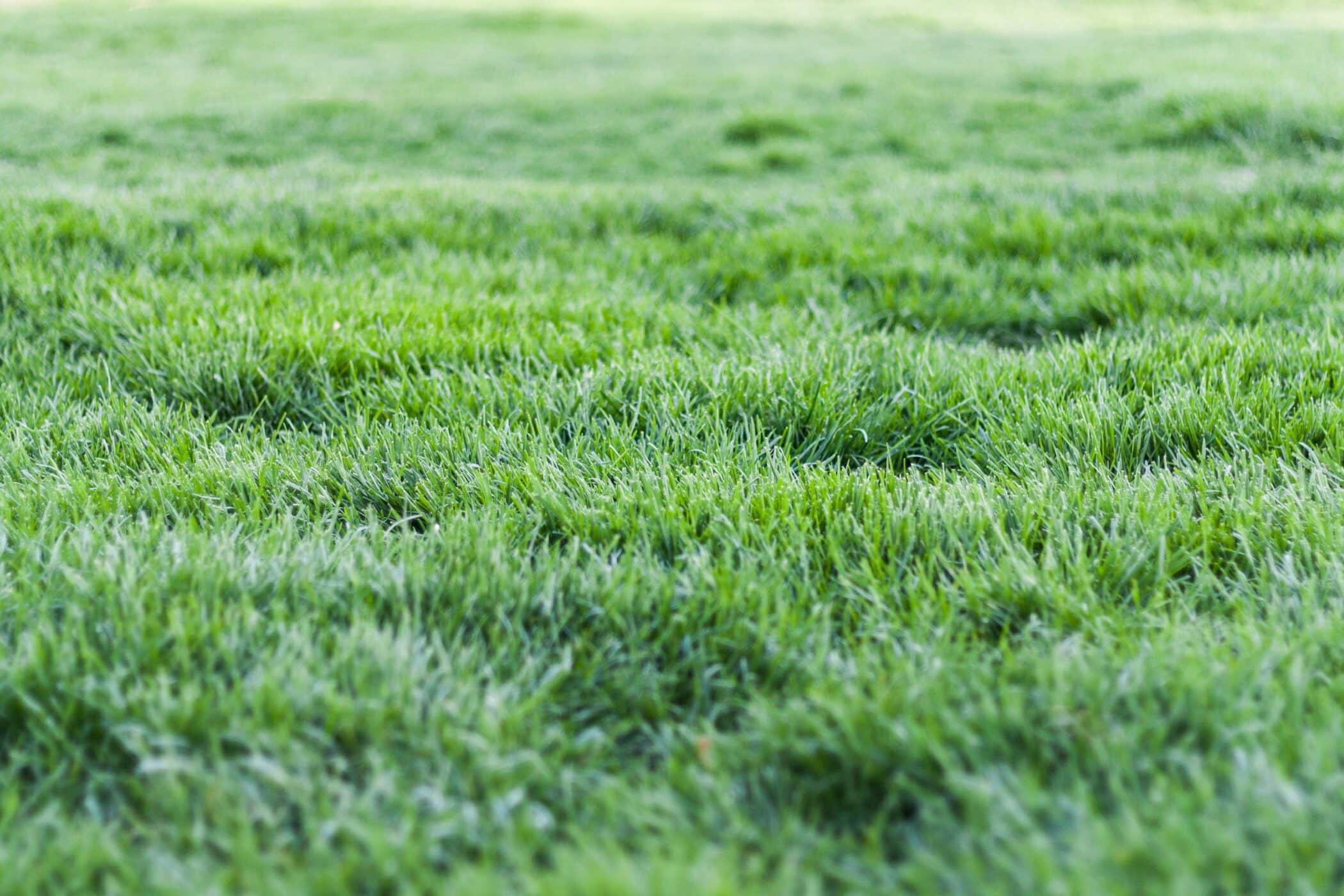
Hedgehog Hospitality
Spring marks the reappearance of hedgehogs from their long winter hibernation. These beautiful, charismatic creatures are in sharp decline in the UK and need every bit of help they can get. If you know that you have hedgehogs in your area, consider leaving out a bowl of dog food and some water to give them a helping hand as they start another year after the long sleep. A word to the wise, this may well encourage other animals such a foxes and so a hedgehog house is a great way to protect the food, and provide hedgehogs with a safe refuge. We like this very simple one from the RSPB.